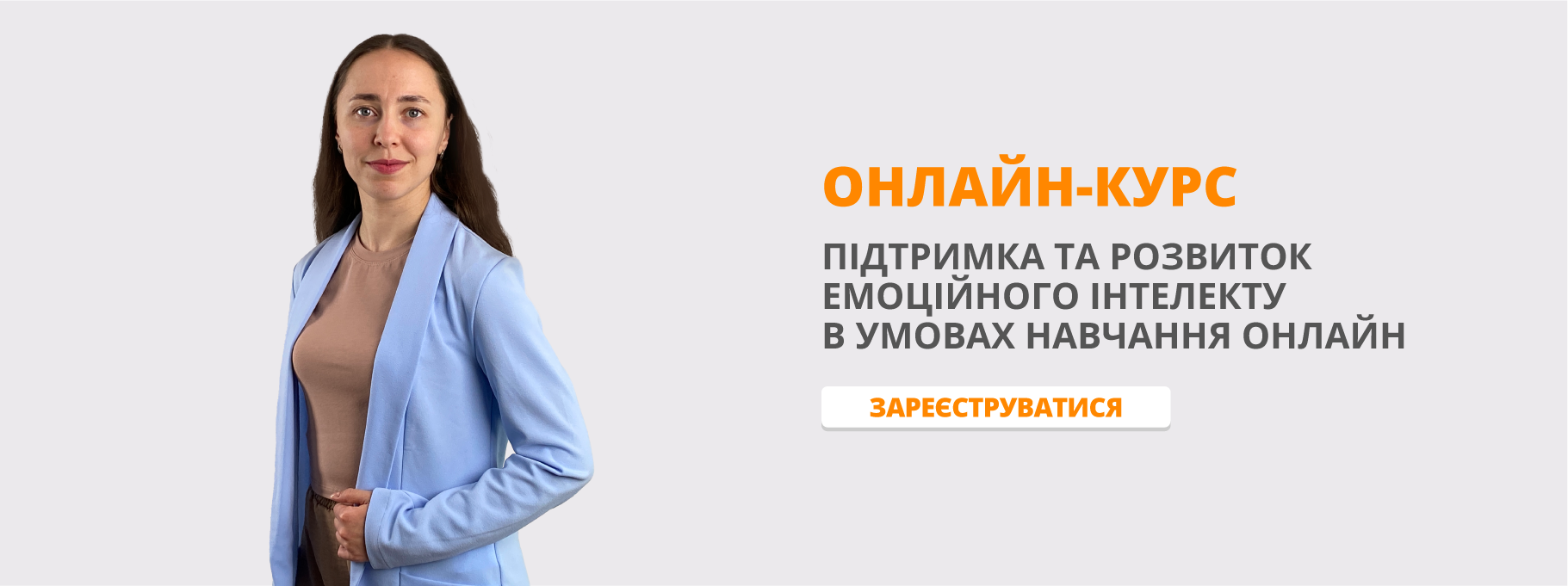Урок з дисципліни «Іноземна мова ( за професійним спрямуванням)»
Лисичанський промислово-технологічний фаховий коледж

WHAT IS PHYSICS?
методична розробка
з дисципліни «Іноземна мова ( за професійним спрямуванням)»
в закладах фахової передвищої освіти
Розробник:
Скиба Н.М., старший викладач, викладач вищої категорії Лисичанського промислово-технологічного фахового коледжу
2022
ВСТУП
Методична розробка заняття виконана у відповідності з методичними рекомендаціями з підготовки та проведення практичних занять у закладах фахової передвищої освіти. Заняття підготовлено відповідно до робочої і навчальної програми з дисципліни «Іноземна мова ( за професійним спрямуванням)» спеціальності 133 «Галузеве машинобудування» за освітньо-професійною програмою «Обслуговування та ремонт обладнання підприємств хімічної та нафтогазопереробної промисловості» У методичній розробці заняття подано розгорнутий план-конспект заняття у формі мовного практикуму з використанням методу критичного мислення, методики роботи з лексичним матеріалом, методу лінгвістичного квесту, рольовою грою, перелік необхідного обладнання, мету і задачі, надано чітку структуру заняття, вдало подано мотивацію пізнавальної діяльності студентів.
Розробка містить багато різноманітних форм та методів роботи (бесіду, читання, мозковий штурм, аудіювання з використанням тематичного відеоролику, групову та парну роботу,), що відповідають психофізіологічним та індивідуальним особливостям студентів і сприяють успішному досягненню мети заняття.
Методична розробка заняття відповідає теоретичному й методико-практичному розділам навчальної програми, має інноваційний характер, відповідає новітнім технологіям навчання, спрямована на формування комунікативної компетенції майбутніх фахівців, розвиток пам'яті, уваги, фонематичного слуху студентів, сприяють зацікавленості та формуванню комунікативної компетенції майбутніх фахівців.
Методична розробка може бути рекомендована для викладачів іноземної мови в закладах фахової передвищої освіти в якості як основного, так і довідково-дидактичного матеріалу.
МЕТОДИЧНА РОЗРОБКА ЗАНЯТТЯ
Заняття №
Предмет: Іноземна мова
Група:
Тема заняття: What is physics?
Мета: формувати лексичні навички й навички вимови; вдосконалювати навички читання й усного мовлення; розвивати мовну здогадку й мовленнєву реакцію; виховувати зацікавленість у розширенні своїх знань, використовувати раніше вивчені структури, а також збагачувати словарний запас, практикуватися у перекладі речень, розвивати навички логічного викладання думок, пам'ять, виховувати свідоме ставлення до навчання, вчити раціонально використовувати свій час, прищеплювати бажання вивчати іноземну мову.
Обладнання: словники, комп’ютер, роздавальний матеріал
Тип заняття: практичне
Міжпредметні зв'язки: Фізика, Обладнання підприємств нафтохімічної галузі, Матеріалознавство, Комп’ютерна техніка та прикладне програмне забезпечення, Основи автоматизація технологічних процесів, Комп’ютерна графіка
СТРУКТУРА ЗАНЯТТЯ:
1.Організаційний момент:
1)Привітання
2) Перекличка
3)Перевірка готовності до заняття
2. Мотивація навчальної та пізнавальної діяльності студентів, оголошення теми та цілей заняття.
3.Реалізація теми за планом
4. Підсумок заняття. Оцінювання
5. Домашнє завдання
ХІД ЗАНЯТТЯ:
- Find out the words in the dictionary. Write them down and learn.
|
phenomenon |
theory |
matter |
|
nature |
to predict |
hence |
|
to depend on (upon) |
on the basis of |
concept |
|
to devise |
to correlate |
to determine |
|
knowledge |
distinct |
characteristics |
|
accurate |
to merge |
to govern |
|
to formulate |
to deal with |
transformation |
|
law |
in terms of |
to exist |
|
to indicate |
investigation |
to situate |
|
to surround |
to revolve |
stable |
- After-watching task. Завдання на розуміння змісту переглянутого What does physics deal with?
https://www.youtube.com/watch?v=yWMKYID5fr8&ab_channel=LukeyB.ThePhysicsG
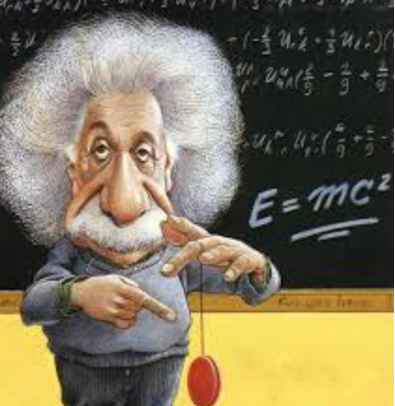
II. Scanning reading. Читання з повним розумінням змісту прочитаного.
Read the text “What is physics”? Use a dictionary, if necessary.
Physics is one of the most ancient sciences about nature. The word "physics" takes its origin from the Greek word "phewsis" meaning nature.
The development of other sciences depends in many respects on the knowledge of physical phenomena.
Physics studies various phenomena in nature: mechanical motion, heat, sound, electricity, magnetism and light.
Physics divides itself very naturally into two great branches, experimental physics and theoretical physics. The former is the science of making observations and devising experiments which give us accurate knowledge of the actual behavior of natural phenomena. On the basis of experimental facts theoretical physics formulates laws and predicts the behavior of natural phenomena. Every physical law is based on experiments and is devised to correlate and to describe accurately these experiments. The wider the range of experience covered by such a law, the more important it is. Physics is divided into half a dozen or more different fields — mechanics, sound, heat, electricity and magnetism, light, molecular, atomic and nuclear physics. These different fields are not distinct but merge into each other.
In all cases physics deals with phenomena that can be accurately described in terms of matter and energy. Hence, the basic concepts in all physical phenomena are the concepts of matter and energy. And it is important to determine accurately the characteristics of both matter and energy, the laws that govern their transformations, and the fundamental relations that exist between them.
Matter. Every substance саn be divided into particles known as molecules. Chemical reactions indicate that the molecules are composed of smaller units, or atoms. Modern physical methods of investigation have shown that the atom consists of a centrally situated nucleus with a total positive charge surrounded by a number of electrons which revolve about the nucleus. In a stable atom, the total positive charge of the nucleus is equal to the total negative charge of the electrons which surround the nucleus. The total electrical charge is zero and this is the conventional state of most atoms.
Matter can exist in four states: solid, gas, liquid and plasma.
III. Work in groups. Робота в групах.Define the part of speech of the following words and translate them into Ukrainian
a) physics – physicist – physical
nature – naturalist – natural
experiment – experimentalist – experimental
theory – theorist – theoretical
chemistry – chemist – chemical
observation – observer – observational
transformation – transformer – transformable
indication – indicator – indicative
b) accurate – accurately
mechanical – mechanically
natural – naturally
actual – actually
central – centrally
positive – positively
negative – negatively
IV. Find English equivalents in the text.
1. різні явища у природі
2. залежить у багатьох відносинах
3. фізика ділиться дуже природно
4. дві великі області
5. наука проведення спостережень
6. дає нам точні знання
7. формулює закони
8. плавно переходять одна в іншу
9. за допомогою понять матерії та енергії
10. oсновні поняття
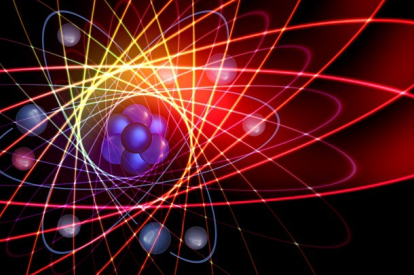
V. Translate the following word-combinations and noun groups into Ukrainian
1. one of the most ancient sciences
2. takes its origin
3. the development of other sciences
4. the knowledge of physical phenomena
5. the former
6. on the basis of experimental facts
7. predicts the behaviour of natural phenomena
8. to describe accurately
9. half a dozen or more different fields
10. deals with phenomena
11. to determine accurately the characteristics
12. the fundamental relations that exist between them
VI. Watching the video. Перегляд відеофрагменту What are 7 amazing science gadgets?
https://www.youtube.com/watch?v=wcKyq-e-Soo&ab_channel=brusspup
VII. Fill in the missing words.
1. Physics is one of the most ancient _____ about nature.
2. The development of other sciences _____ in many respects on the knowledge of physical phenomena.
3. Physics divides itself very naturally into two great branches: experimental physics and _____ physics.
4. Experimental physics gives us _____ knowledge of the actual _____ of natural phenomena.
5. On the basis of experimental facts theoretical physics formulates _____.
6. Physics deals with phenomena that can be accurately described in terms of _____ and _____.
7. It is important to determine accurately the _____ of both matter and energy, the _____ that _____ their transformations.
8. Every substance can be divided into _____ known as molecules.
9. Modern physical methods of _____ have shown that the atom consists of a centrally situated _____ surrounded by a number of _____.
10. In a stable atom, the total positive charge of the nucleus _____ to the total negative charge of the electrons.
11. Matter can _____ in four states: solid, gas, liquid and plasma.
VIII. Fill in the prepositions if necessary.
- Physics is one ___ the most ancient sciences ___ nature.
- The development of other sciences depends ___ many respects ___ the knowledge ___ physical phenomena.
- Physics divides itself very naturally ___ two great branches, experimental physics and theoretical physics.
- ___ the basis ___ experimental facts theoretical physics formulates laws.
- In all cases physics deals ___ phenomena that can be accurately described ___ terms of matter and energy.
- The atom consists ___ a centrally situated nucleus ___ a total positive charge surrounded ___ a number ___ electrons.
- Electrons revolve ___ the nucleus.
- In a stable atom the total positive charge of the nucleus is equal ___ the total negative charge ___ the electrons.
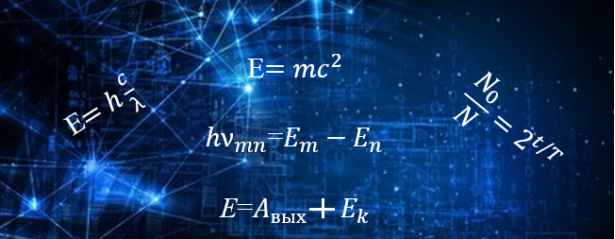
IX. After-reading task. Завдання на перевірку розуміння змісту прочитаного. Define whether the sentences are TRUE or FALSE.
1. Physics is a modern science about nature.
2. The word “physics” takes its origin from the Latin word meaning nature.
3. Physics studies various phenomena in nature.
4. Physics divides itself very naturally into three great branches.
5. Theoretical physics is the science of making observations and devising experiments.
6. On the basis of experimental facts theoretical physics makes observations.
7. Physics deals with phenomena that can be described in terms of matter and energy.
8. The atom consists of a centrally situated electron surrounded by a number of protons.
X. After-reading task. Завдання на перевірку розуміння змісту прочитаного.Practice with someone asking and answering.
- What is physics?
- Where does the word “physics” take its origin?
- What phenomena does physics study?
- What knowledge does the development of other sciences depend on?
- What branches does physics divide itself into?
- What is experimental physics?
- What does theoretical physics formulate on the basis of experimental facts?
- What fields is physics divided into?
- What phenomena does physics deal with?
- Every substance can be divided into particles known as molecules, can’t it?
- What does the atom consist of?
- What is the total electrical charge of an atom?
XI. Put the question to the following statements.
- Physics is one of the most ancient sciences about nature.
- Physics studies various phenomena in nature.
- Every substance can be divided into particles.
XII. Dictate the following statements in English to your fellow-students.
- Physics studies various phenomena in nature: mechanical motion heat, sound, electricity, magnetism and light.
- On the basis of experimental facts theoretical physics formulates laws and predicts the behaviour of natural phenomena.
- In all cases physics deals with phenomena that can be accurately described in terms of matter and energy.
- The atoms consists of a centrally situated nucleus with a total positive charge surrounded by a number of electrons.
XIII. Writing. Розвиток навичок писемного мовлення. Pratice in translation.
1. Фізика – одна з найдавніших наук про природу.
2. Розвиток інших наук залежить у багатьох відношеннях від знання фізичних явищ.
3. Фізика вивчає різні явища у природі: механічний рух, тепло, звук, електрику, магнетизм і світло.
4. Фізика ділиться дуже природно на великі області: експериментальну фізику і теоретичну фізику.
5. Експериментальна фізика - це наука про проведення спостережень та постановку експериментів, які дають нам точні знання про фізичні явища.
6. На основі експериментальних фактів теоретична фізика формулює закони та передбачає поведінку природних явищ.
7. Чим ширший діапазон експериментальних фактів, які закон охоплює, тим він важливіший.
8. Фізика поділяється на півдюжини або більше різних областей.
9. Фізика має дало явища, які можуть бути точно описані за допомогою понять матерії та енергії.
10. Важливо точно визначити характеристики як матерії, так і енергії.
11. Кожна речовина може бути поділена на частинки, відомі як молекули.
12. У стійкому атомі повний позитивний заряд ядра дорівнює повному негативному заряду електронів.
4. Summarizing. Підведення підсумків уроку. Бесіда в режимі T-P1-P2.
T: What topic did we start discussing today? What did we read about? What new words and word combinations have you learned? What material was difficult/ interesting/boring? So, you all see where you need more practice and what you can do well.
5. Setting homework. Постановка домашнього завдання
T: Your home task is to write a essay on the following topic “Modern Physics” Use your notes from class!
1
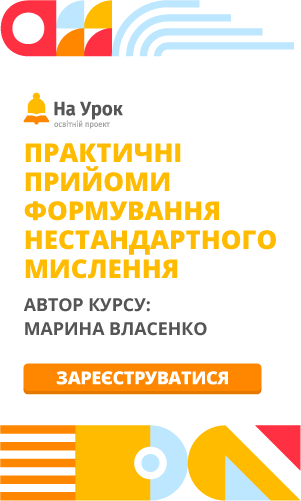

про публікацію авторської розробки
Додати розробку
